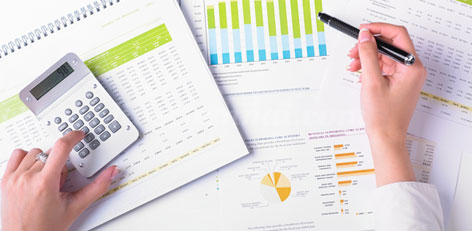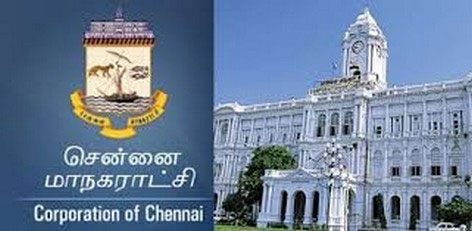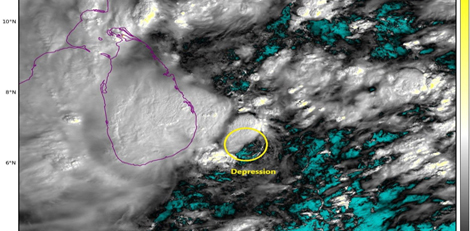List of tax savings schemes
Posted on: 03/Jan/2017 6:21:51 PM

If you are planning tax savings for FY17, it will be helpful to know your options. All the following instruments are qualified for a deduction of up to Rs 1.5 lakh under Section 80C.
Tax saving equity linked saving schemes are equity mutual funds which investment in stocks and related instruments. These funds have a lock-in period of three years. If you want to save tax as well as grow your money , tax saving mutual funds can a good option as equities have the potential of delivering inflation-beating returns.
Tax-saving bank fixed deposits: These fixed deposits offer slightly lower return than normal bank deposits but have a lock-in of five years and the interest earned is completely taxable.
Investments in Unit Linked Insurance Plans, or ULIPs, are insurance plans which provide the benefit of investing in equities along with insurance.
Public Provident Fund, or PPF, is the small savings instrument in which you can invest as low as Rs 500 and as high as Rs 1.5 lakh. The rate of interest on PPF was reduced from 8.1 per cent to 8 per cent in October.
Investment done in National Payment System, or NPS, are schemes under which contribution of up to Rs 1.5 lakh are allowed under Section 80C. In total you can claim a deduction of up to Rs 2 lakh for your investments made to NPS in a year.
Sukanya Sumriddhi Scheme is one under which, if you invest in the name of your girl child aged below 10 years , you can claim a deduction of up to Rs 1.5 lakh under section 80C. You can open an account under the scheme for up to two girl children - in case of twins it can be extended to the third child as well. The account will be closed after 21 years while premature closure is allowed after 18 years under certain conditions. Currently, the interest rate under this scheme is 8.5 per cent and it is subject to revision on a quarterly basis.
Employees Provident Fund is the monthly deduction made from your salary towards your provident fund is also eligible for deduction under Section 80C.
As part of your tax savings, you may also claim deduction against the following.
- Home loan principal payment
- Interest on home loan
- Payment of life Insurance premium
- Payment of health insurance premium
- Payment of Tuition fee
- Leave Travel Allowance, or LTA
- House Rent Allowance, or HRA:
- Actual HRA received from the employer
- Actual rent paid minus 10 per cent of your basic salary
- 50 per cent of the basic salary if you live in a metro or 40 per cent of your basic salary if you live in a non-metro.







